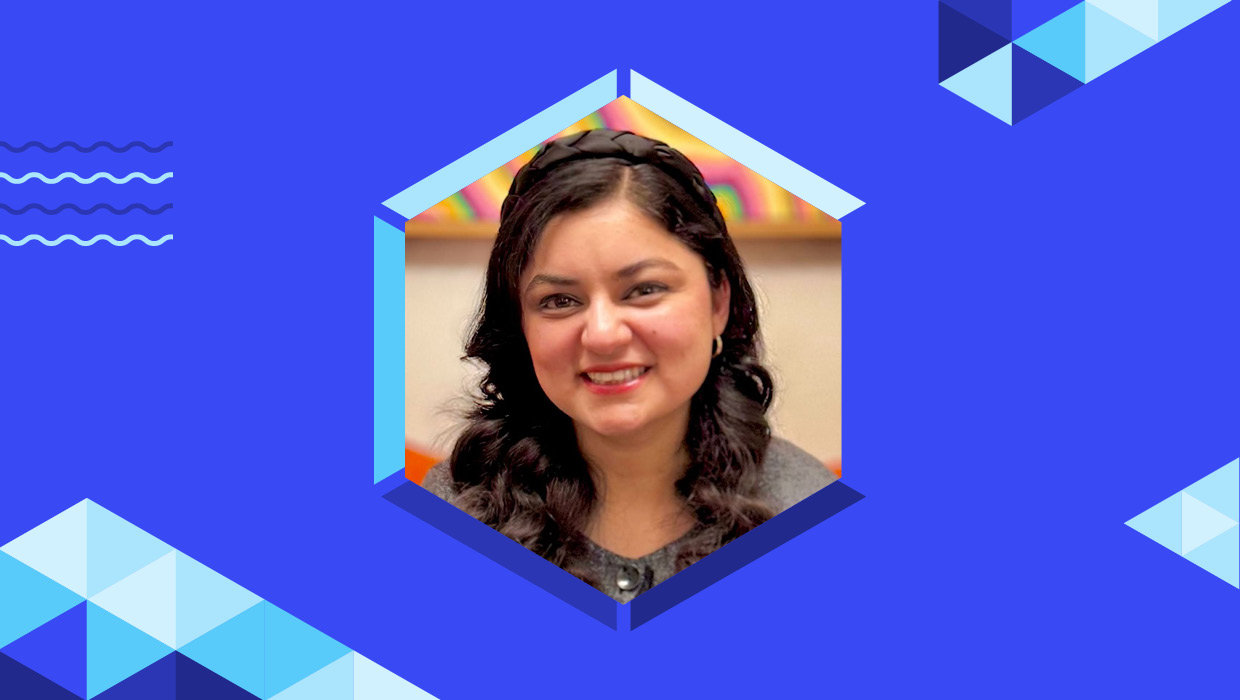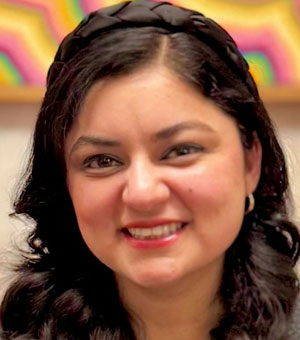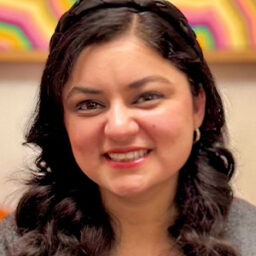Interview with Jigyasa Grover, Author, Instructor, and Machine Learning Engineer
Q&A with Jigyasa Grover, who is presenting at The Design + AI Summit 2025


Jigyasa Grover is a Machine Learning Engineer for Uber, a LinkedIn Learning Instructor, and the author the book Sculpting Data For ML.
She’s also speaking at The Design + AI Summit 2025, which takes place November 13–14 online, with a session on Deepfakes, Generative Al, and the Battle for Truth.
We thought it would be fun to get to know her better with some Q&A.
Can you share a little about your journey? What first sparked your interest in artificial intelligence and led you to where you are today?
I’ve always been fascinated by math, from calculus to trigonometry, viewing it as an endless puzzle game, which naturally fueled my curiosity for patterns and problem-solving. I started by building Android apps for fun, which evolved into open-source contributions. While collaborating on a data scraping project long ago, I came across Natural Language Processing, sparking my first deep dive into AI. The idea that machines could interpret and understand sequences of words captivated me, leading to early experiments with word embeddings and sequence models – starting with classic sentiment classifiers – and exploring how context shapes meaning. Since then, I’ve shaped personalization and recommendation engines at Twitter, Facebook, Faire, and now Uber. Through it all, I’ve stayed grounded in my open-source and data-centric roots.
In your session, you’re tackling deepfakes and trust. Are there lessons from your own AI projects that directly inform your approach to this problem?
From building large-scale personalization at Uber, Twitter, and Facebook, I’ve learned that trust in AI depends as much on data provenance and transparency as on accuracy. In recommender systems, we obsess over data lineage and explainability, and that discipline translates directly to deepfakes – using provenance standards like C2PA and multi-tool detection strategies, similar to the redundancy we build into ML pipelines. Because generative techniques often evolve faster than detection methods, human-in-the-loop oversight and ethical disclosure are essential guardrails. We need to preserve authenticity as this cat-and-mouse game intensifies.
When you think about AI’s role in our everyday lives, what excites you the most right now?
What excites me most is AI’s shift from being a “black box tool” to becoming an intelligent collaborator. We’re moving beyond static recommendations to agentic systems that reason, plan, and execute on our behalf – from copilots in creative work to autonomous agents that can book an entire trip based on a single prompt about your preferences. Instead of just showing you what you’ve already liked, these systems learn what you might need before you ask. The real magic is watching AI evolve from something we query into something that amplifies human creativity and judgment rather than replacing it. We’re entering an era where AI doesn’t just respond, it anticipates and acts alongside us.
If you could give one piece of advice to designers and creatives who feel overwhelmed by AI, what would it be?
Don’t focus on mastering every AI tool; focus on mastering how to think with AI. Tools change daily, but problem-framing and critical thinking last forever. Start small: experiment with one tool in your workflow, understand its strengths and blind spots, and always keep provenance and authenticity in mind. For instance, AI can generate dozens of layout options, but you’re the one who knows which resonates with your audience. Remember, your creative judgment, taste, and storytelling are the real differentiators. AI amplifies your imagination; your taste and judgment are irreplaceable.
Outside of work, what do you enjoy that helps balance or inspire your professional life?
I love traveling and discovering hidden gems in different cities, spending time with friends and family, and lately experimenting with focaccia and pastries. These activities are grounding and creatively refreshing in a way that complements my technical work. I also stay active in mentoring and open-source communities, which keeps me inspired with fresh perspectives. Those moments – whether discovering a new neighborhood, perfecting a recipe, or mentoring in open source – give me space to recharge and often spark my best professional ideas.
This article was last modified on October 31, 2025
This article was first published on October 23, 2025




